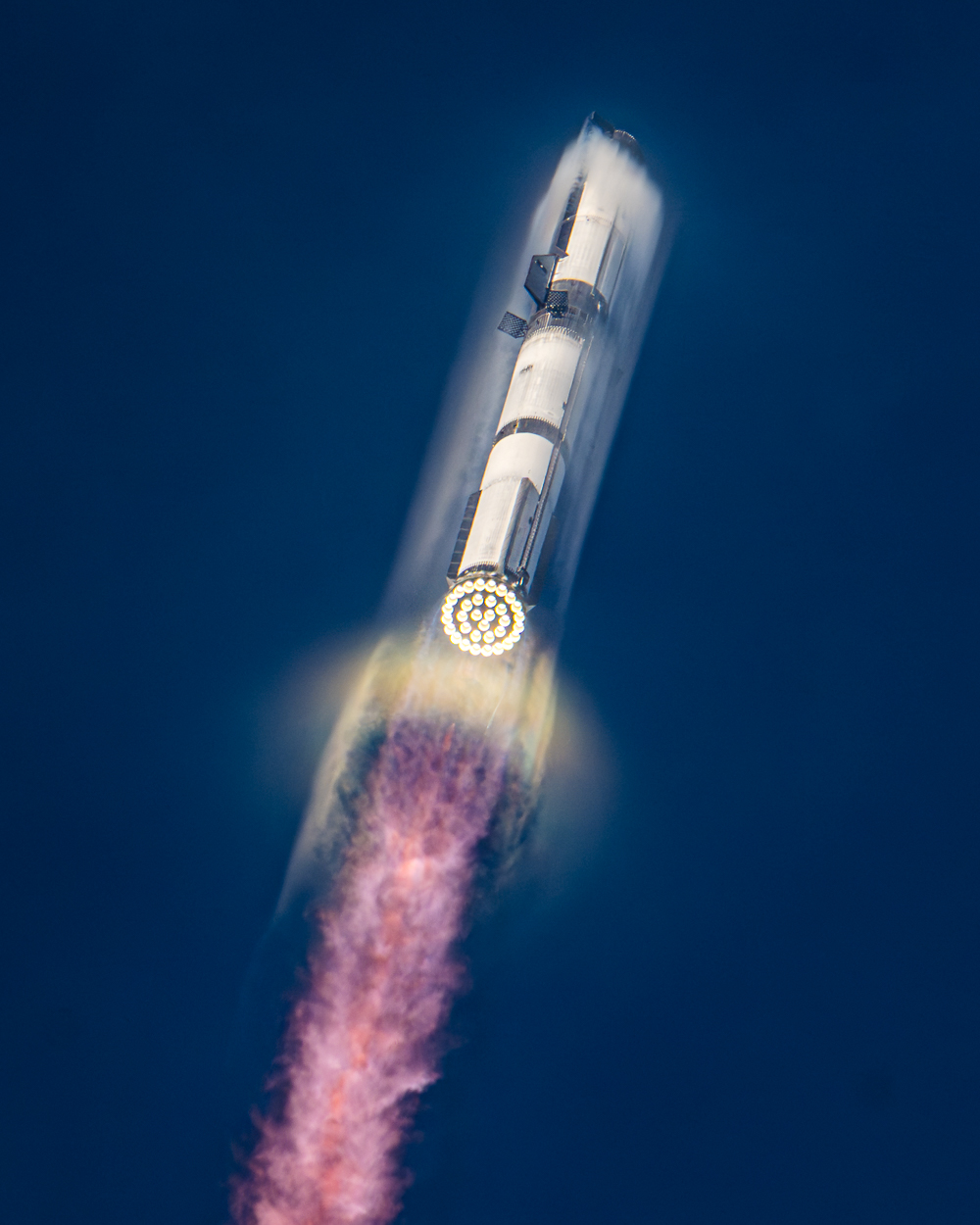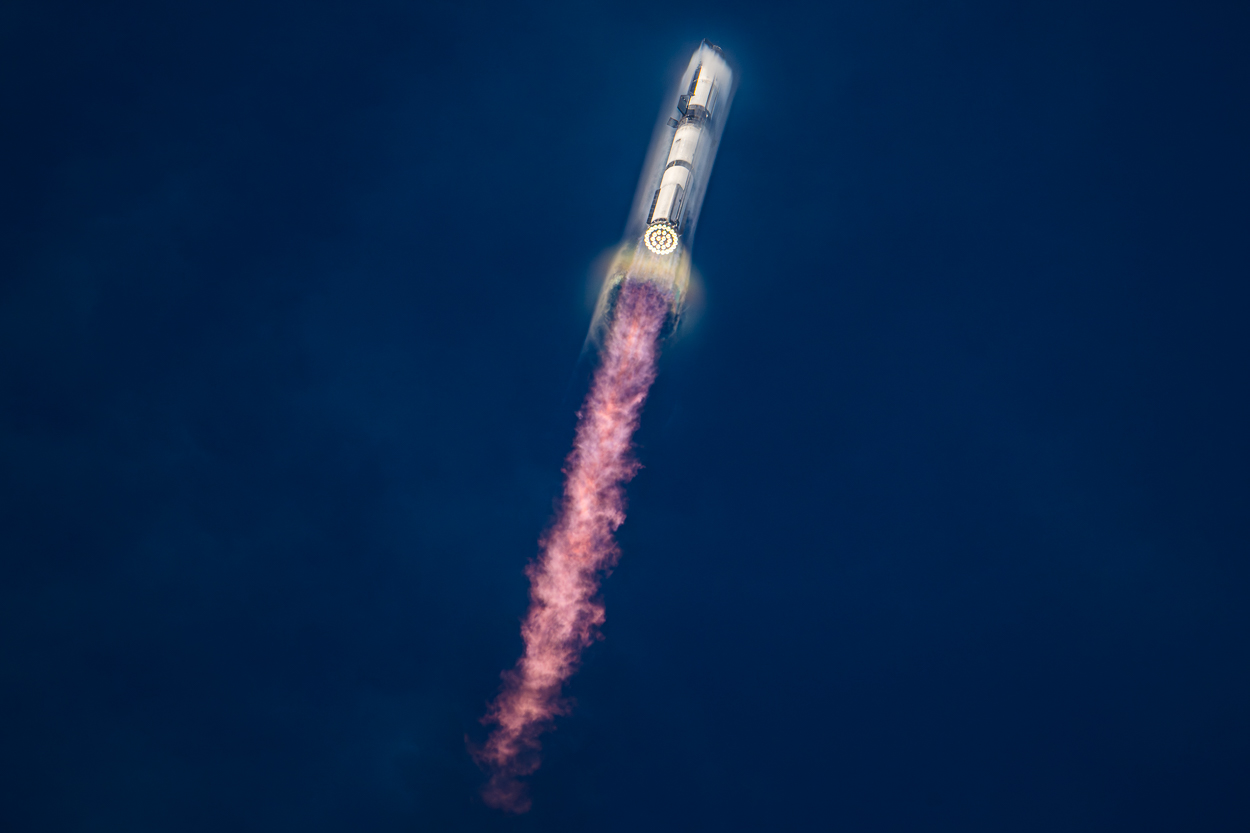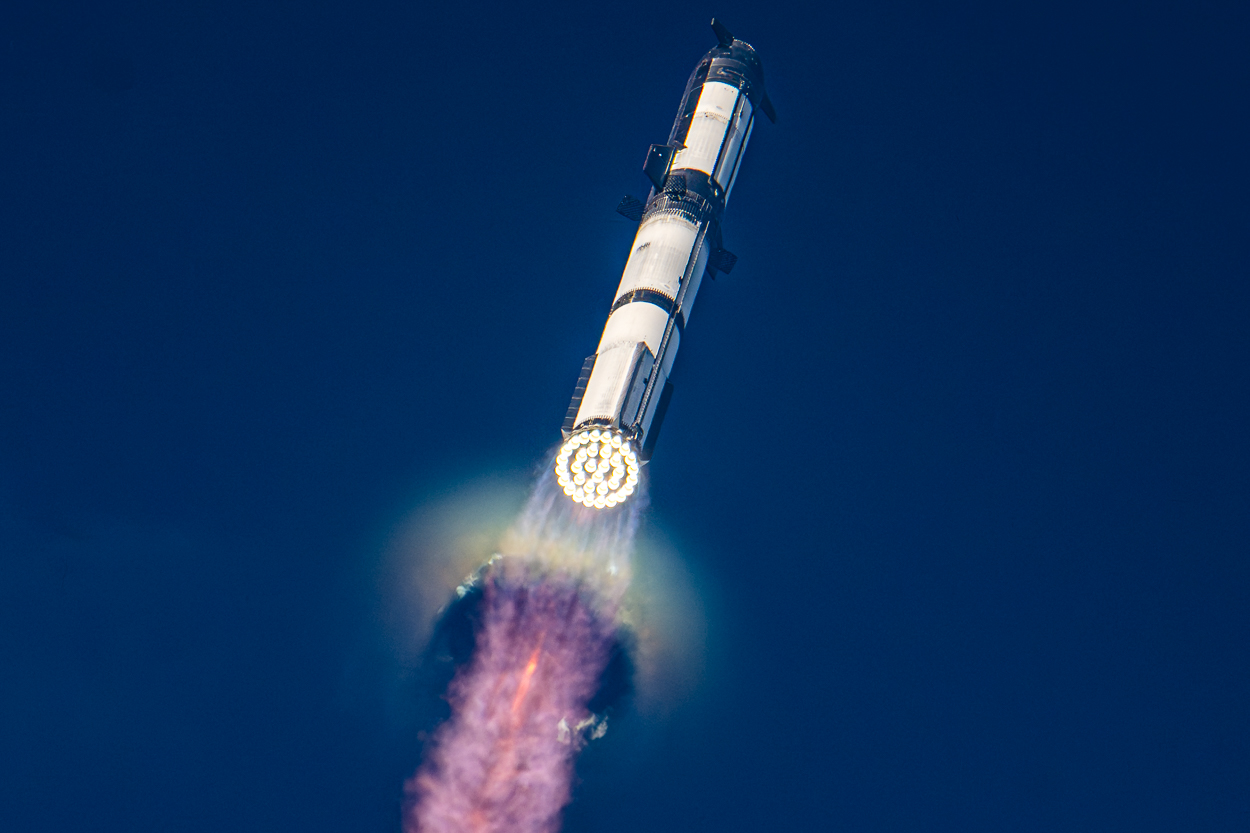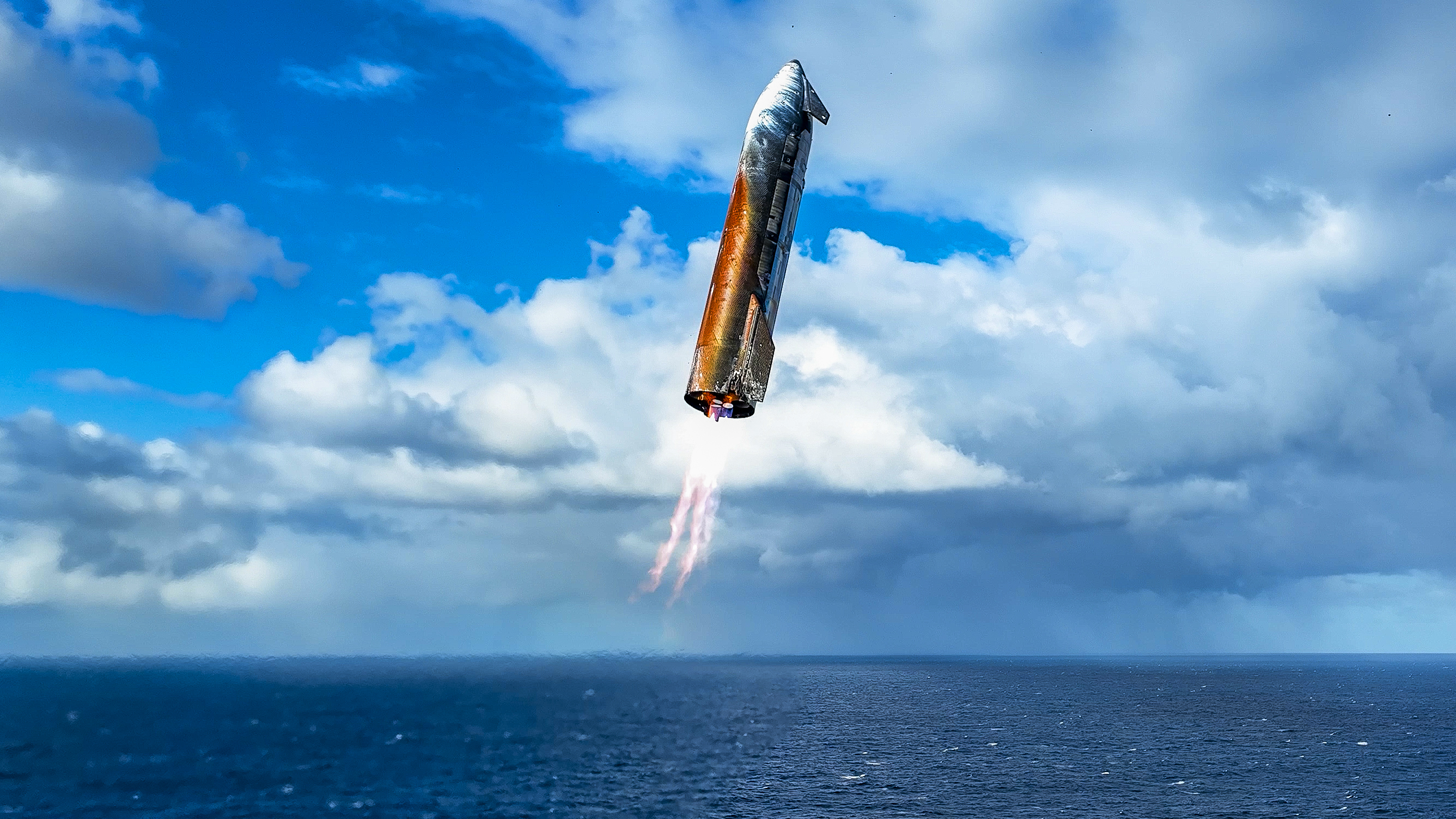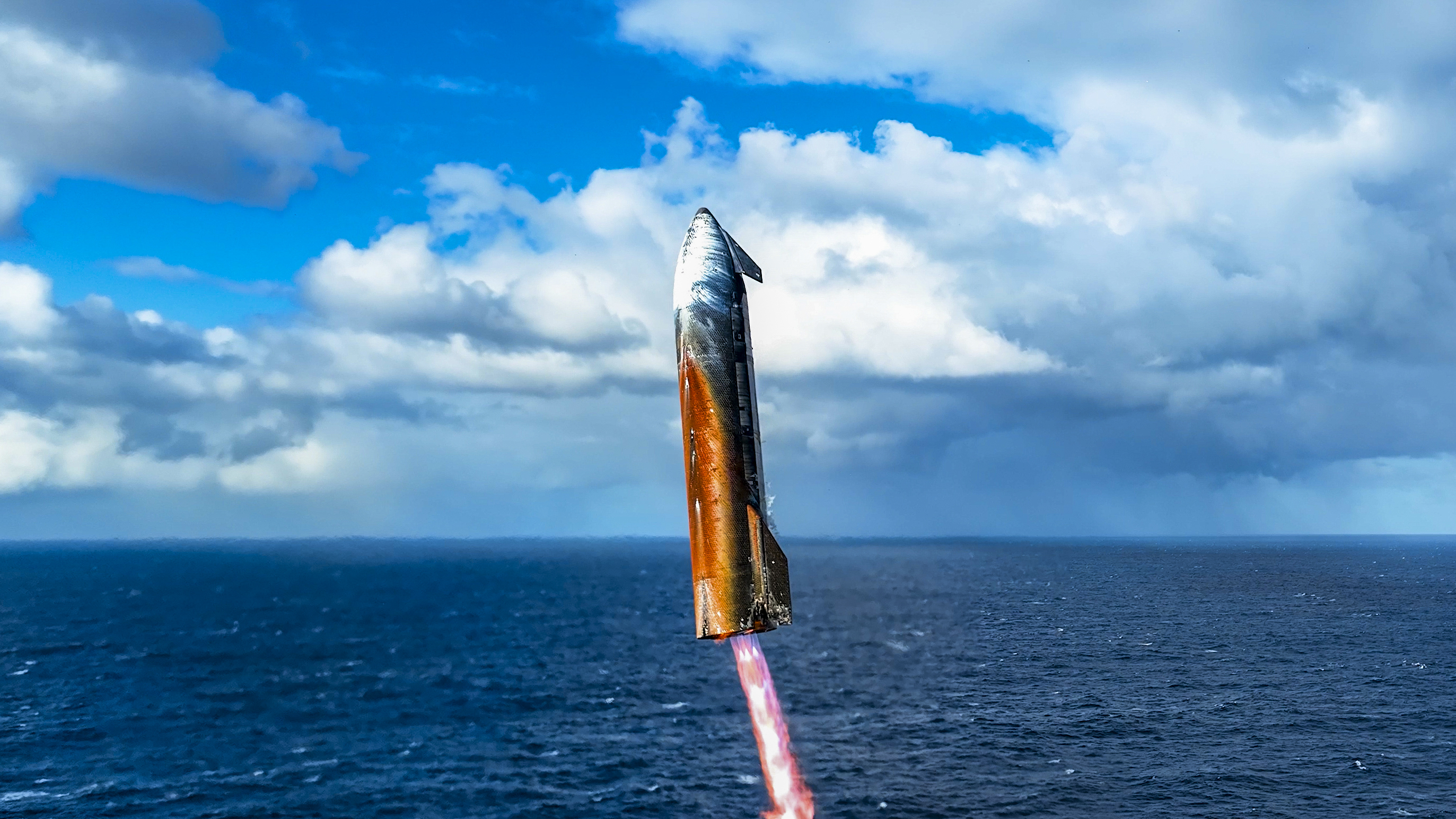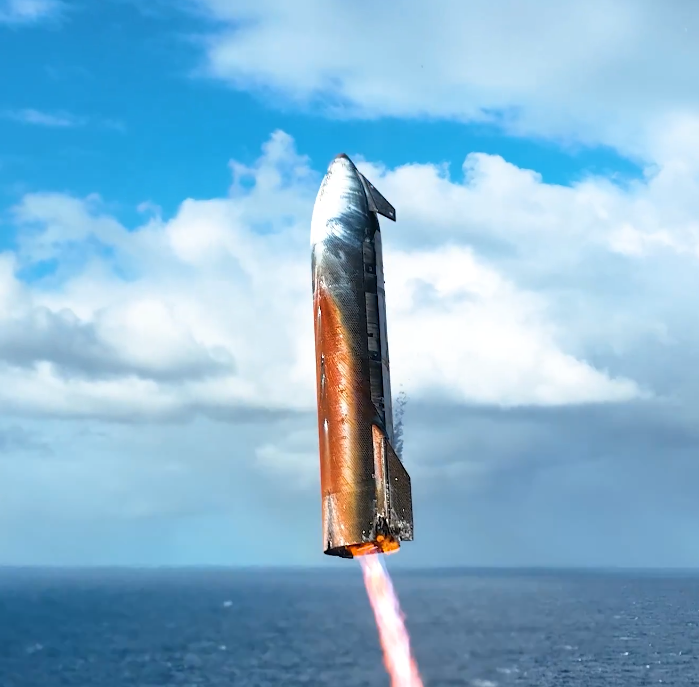-
Hey Guest. Check out your NeoGAF Wrapped 2025 results here!
You are using an out of date browser. It may not display this or other websites correctly.
You should upgrade or use an alternative browser.
You should upgrade or use an alternative browser.
Starship's 10th Flight Test imminent [complete]
- Thread starter EviLore
- Start date
Avid Reading Horse
Member
Let's do this! WOOOOO!


Unknown Soldier
Member
Fuck those metal plates TBH just exile them into space
Great launch so far today wew
Great launch so far today wew
Jinzo Prime
Member
It did the flip!!
It's surreal seeing a belly-flopping metal tube just turn around and hover, crazy shit!
It's surreal seeing a belly-flopping metal tube just turn around and hover, crazy shit!
Last edited:
Reizo Ryuu
Member
that was fully sick, hour went by like minutes.
Avid Reading Horse
Member
Roll Fizzlebeef
Member
the amount of punishement and still nailing the spash down, right where they wanted. insane
Unknown Soldier
Member
Nailed the landing. Pretty good for a rocket where they purposely removed some of the thermal tiles to see if what kind of damage it would take
This mission was completely successful with all objective fulfilled! Next launch should be soon!
This mission was completely successful with all objective fulfilled! Next launch should be soon!
Tams
Member
Fantastic. 
It's just incredible that such engineering is possible.
The absolute glee the media had here in the UK at the previous failures was very grating, especially when we've just axed what little space programme we had.
Also, Arse Technica comments section are going to be having a meltdown.
It's just incredible that such engineering is possible.
The absolute glee the media had here in the UK at the previous failures was very grating, especially when we've just axed what little space programme we had.
Also, Arse Technica comments section are going to be having a meltdown.
LokusAbriss
Member
This stuff is awesome. So sad, that the majority doesn't care about these advancements or even look down on it.
We could be so much further already. We could turn our worldwide military budget into space exploration and populating our solar system. We could atleast put backups of the most important data and plant seeds on another planet or the moon, in case of a huge catastrophy. But no, humanity will probably go extinct, after some huge asteroid will hit us.
We could be so much further already. We could turn our worldwide military budget into space exploration and populating our solar system. We could atleast put backups of the most important data and plant seeds on another planet or the moon, in case of a huge catastrophy. But no, humanity will probably go extinct, after some huge asteroid will hit us.
calistan
Member
Impressive! It's only a few years since it was a thing that looked like a grain silo with an engine on the bottom and it flew for 500 ft. Now it seems almost inevitable that it's going to work and they'll have a gigantic reusable rocket ship capable of reaching Mars. That's a crazy rate of progress.
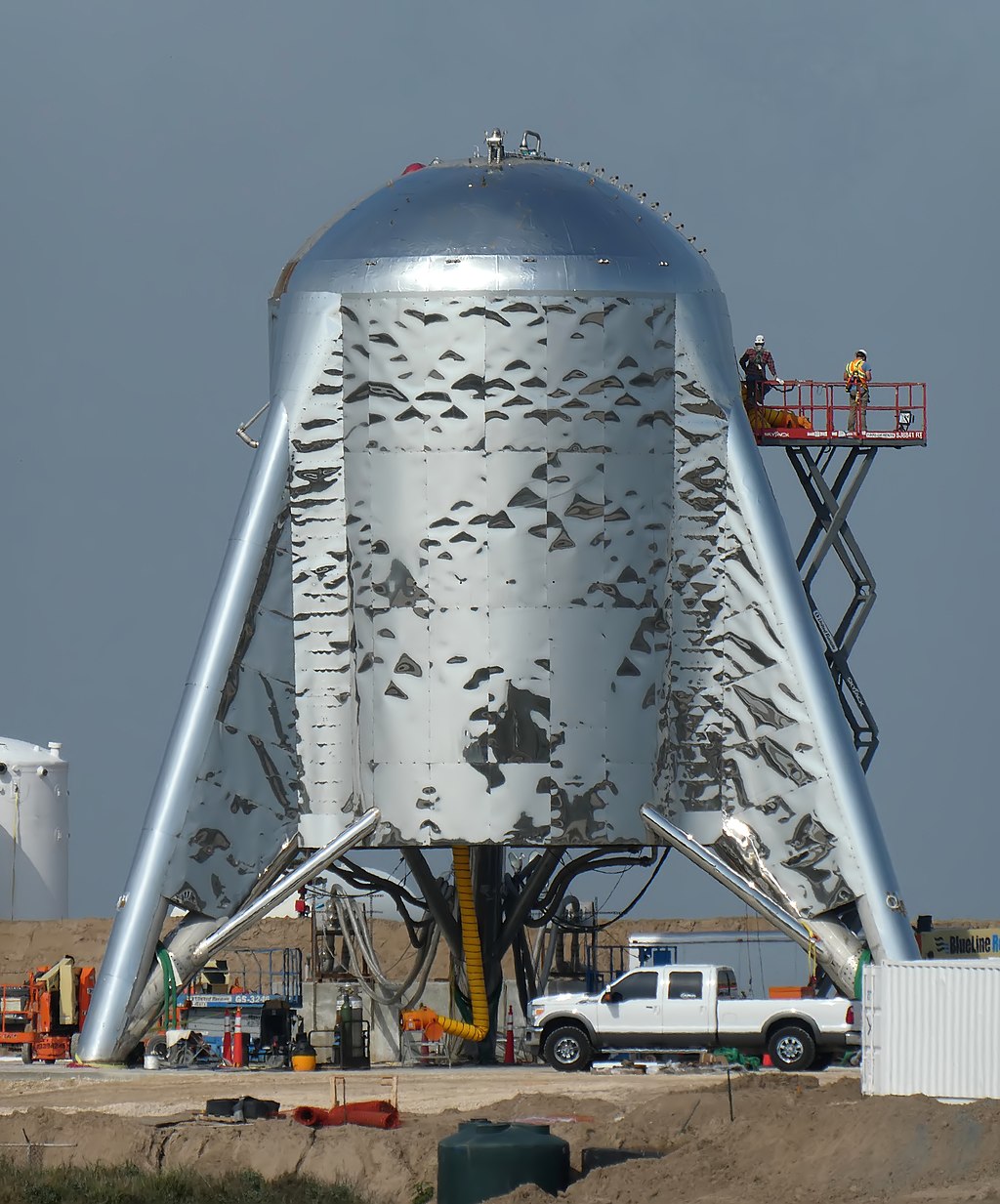

Redneckerz
Those long posts don't cover that red neck boy
One of the better things coming from the US. A pinnacle of technology.


Trogdor1123
Member
It looked like that to me as well. It sounded as if that was expected.Does the ship explode at splashdown?
AJUMP23
Parody of actual AJUMP23
It looked like that to me as well. It sounded as if that was expected.
I think they were just happy it achieved all goals. Launch, payload release and splashdown. It was not built for re-use.
Trogdor1123
Member
Could be, they intentionally were "tough" on this one they said.I think they were just happy it achieved all goals. Launch, payload release and splashdown. It was not built for re-use.
Wheeljack539
Member
Dr.Morris79
Gold Member
This was so good to watch! Ended up making the missus watch it too and going through whats happening, she was throughly excited 
Unlike me, watching it a second time
Unlike me, watching it a second time
LimanimaPT
Member
I'm so happy that they finally nailed it. I'm looking forward for the next launch.
It's just crazy how can someone even imagine that would be possible to launch such a gigantic rocket into space...
It's just crazy how can someone even imagine that would be possible to launch such a gigantic rocket into space...
Last edited:
Gp1
Member
Does the ship explode at splashdown?
Yes but it doesn't matter because that part was already good enough on the "chopstick" landing pad.
They achieved their mission goals.
Landing an unmanned Starship on Mars can plausibly be done in < 5 years. After that milestone sending an astronaut there will mostly come down to risk tolerance. Will probably take a while.So how far away are we from landing a person on Mars? Stuff seem to be advancing fast for SpaceX's ships. I'm really out of the loop when it comes to modern spacefaring.
Wheeljack539
Member
Landing an unmanned Starship on Mars can plausibly be done in < 5 years. After that milestone sending an astronaut there will mostly come down to risk tolerance. Will probably take a while.
I would also like to think the unmanned missions to Mars would also allow for testing of how Starship works under the lesser gravity and thinner atmosphere there and what changes need to be made to safely use them in that new environment.
Trogdor1123
Member
Yeah, and dropping offloads of supplies and robots to build stuff.I would also like to think the unmanned missions to Mars would also allow for testing of how Starship works under the lesser gravity and thinner atmosphere there and what changes need to be made to safely use them in that new environment.
Insane Metal
Member
I think the first mission to mars will be within the next 10 years.
Wheeljack539
Member
I think the first mission to mars will be within the next 10 years.
I'd like to think that one of the first things they do when they send the first Starships there is to lay in orbit Starlink systems so there's finally a continuous feed for anything that NASA has on the planet and having to wait for the planet to be in proper alignment with Earth to get a proper signal.
Unknown Soldier
Member
The actual purpose of Starlink is actually this. All of the work to establish the current Earth constellation is simply prototyping the network for interplanetary communications which will be constructed to link Earth to MarsI'd like to think that one of the first things they do when they send the first Starships there is to lay in orbit Starlink systems so there's finally a continuous feed for anything that NASA has on the planet and having to wait for the planet to be in proper alignment with Earth to get a proper signal.
Most likely satellites will need to be placed into intermediate orbits between Earth and Mars which continuously follow the orbits of the two planets independently between the two planets which can interface as they pass each other to maintain a continuous link no matter where the planets are relative to each other in space, even when they are on opposite sides of the Sun from each other
Last edited:
Wheeljack539
Member
The actual purpose of Starlink is actually this. All of the work to establish the current Earth constellation is simply prototyping the network for interplanetary communications which will be constructed to link Earth to Mars
Most likely satellites will need to be placed into intermediate orbits between Earth and Mars which continuously follow the orbits of the two planets independently between the two planets which can interface as they pass each other to maintain a continuous link no matter where the planets are relative to each other in space, even when they are on opposite sides of the Sun from each other
The immediate orbit thing was one of things I've wondered about but where and how far apart and was one of those things I got stumped at thinking about.
Avid Reading Horse
Member
Actually landing on Mars is going to pose its own challenges. Let alone taking back off and getting home. You'd have to be a psycho to sign up for that very first multi-year Mars mission. I think Tesla AI bots are more likely, despite Elon's hard-on for manned exploration.


